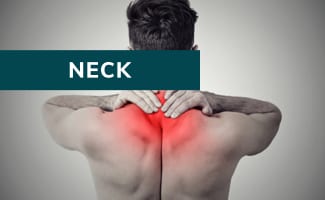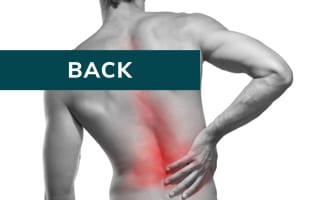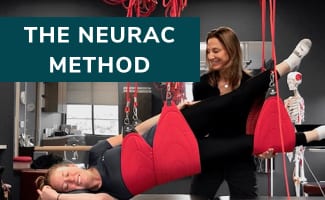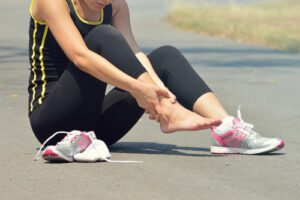Ankle injuries are common, and they can range from sprains to fractures, ligament tears, and tendon damage. These injuries can cause pain, inflammation, and limited mobility, and can significantly impact a person’s quality of life. Traditional treatments for ankle injuries often involve conservative methods such as rest, ice, compression, and elevation (RICE), pain medications, physical therapy, and in severe cases, surgery. However, regenerative injections using Platelet-Rich Plasma (PRP) and Bone Marrow Aspirate Concentrate (BMAC) are emerging as a promising alternative for ankle injuries, promoting natural healing and helping patients recover faster.
Regenerative medicine focuses on stimulating the body’s own healing processes to repair and regenerate damaged tissues. PRP and BMAC are two regenerative injection therapies that have gained popularity in the field of orthopedics for treating various musculoskeletal injuries, including ankle injuries.

PRP is a concentration of platelets derived from a patient’s own blood. Platelets contain growth factors and proteins that play a crucial role in the body’s natural healing response. During a PRP injection, a small amount of blood is drawn from the patient, and the platelets are separated from the other components of blood using a centrifuge. The concentrated Platelet-Rich Plasma is then injected into the injured ankle, where the growth factors can promote tissue regeneration, reduce inflammation, and accelerate the healing process.

BMAC, on the other hand, is obtained from a patient’s bone marrow, usually from the pelvis. Bone marrow is a rich source of stem cells, which are specialized cells that can differentiate into various types of cells, including bone, cartilage, and tendon cells. BMAC contains a high concentration of stem cells, growth factors, and other regenerative cells that can help repair damaged tissues in the ankle.

Regenerative injections using PRP and BMAC offer several advantages for ankle injuries.
- First, they are minimally invasive, meaning they do not require extensive surgical procedures. This can result in less pain, reduced risk of complications, and faster recovery times compared to traditional surgical treatments.
- Second, PRP and BMAC are derived from the patient’s own body, reducing the risk of rejection or adverse reactions.
- Third, PRP and BMAC injections have been shown to promote tissue healing and regeneration, rather than just masking symptoms, which can provide long-term benefits.
Research has shown promising results for PRP and BMAC injections in the treatment of ankle injuries. For instance, a study published in the Journal of Orthopedic Surgery and Research found that PRP injections were effective in reducing pain and improving ankle function in patients with chronic ankle instability. Another study published in the Journal Foot & Ankle Specialist reported that BMAC injections were effective in promoting healing and improving functional outcomes in patients with ankle osteoarthritis.
In addition to ankle sprains and chronic instability, PRP and BMAC injections have also shown promise in treating other ankle injuries, such as ligament tears and tendon damage. For instance, a study published in the American Journal of Sports Medicine reported that PRP injections were effective in promoting healing and reducing pain in patients with chronic ankle tendinopathy. Another study published in the Journal Arthroscopy found that BMAC injections were effective in promoting tendon healing and improving functional outcomes in patients with Achilles tendon tears.

However, it’s important to note that regenerative injections using PRP and BMAC may not be suitable for all patients or all types of ankle injuries. It’s essential to consult with a qualified Regenerative Medicine specialist to determine the most appropriate treatment plan based on the severity and type of injury, as well as other individual factors.
In conclusion, regenerative injections using PRP and BMAC offer a promising alternative for ankle injuries, promoting natural healing and helping patients recover faster. These minimally invasive procedures have shown positive, proven results in reducing pain, improving function, and promoting healing of injured tissues.


































